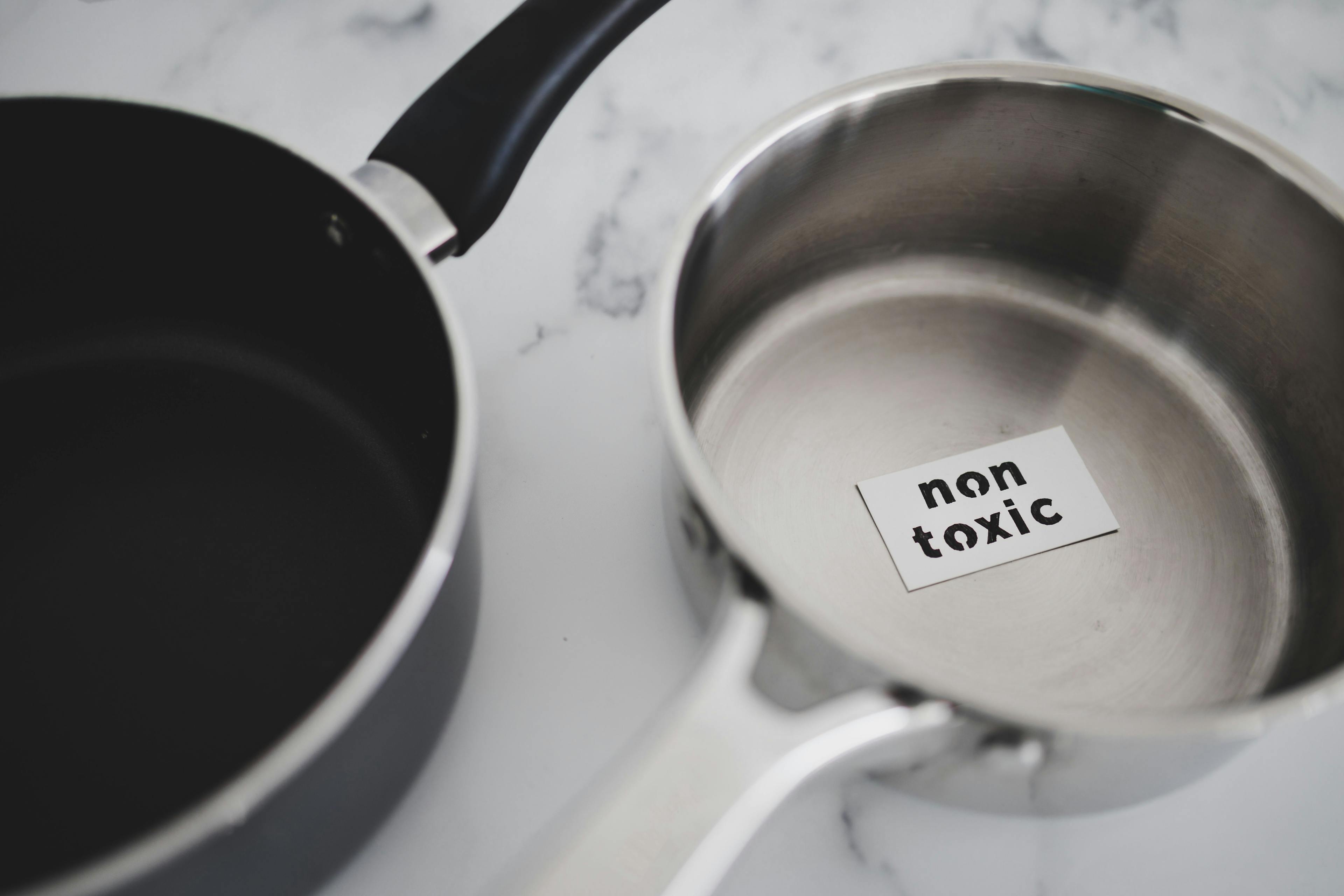GC–TOF-MS Finds 250 Volatile Compounds in E-Cigarette Liquids
A study in the Journal of Chromatography A used gas chromatography coupled to a time-of-flight mass spectrometer (GC–TOF-MS) to build an electron ionization mass spectra (EI-MS) database of more than 250 chemicals classified as either volatile or semi-volatile compounds (1). An additional, confirmatory layer of liquid chromatography–mass spectrometry (LC–MS) analysis was subsequently performed.
This report out of the Universidade de Santiago de Compostela, Spain, aimed to improve upon gas chromatography–mass spectrometry (GC–MS) detection considered the popular standard for analysis of “e-liquids” (1). The authors said both LC–MS and nuclear magnetic resonance (NMR) spectroscopy have been proposed for determination, but that only approximately 140 volatile compounds were previously identified.
Certain compounds produced by tobacco combustion in conventional cigarettes are not present in e-cigarettes, burnishing their reputation as a “safe” alternative (1). But the researchers list factors and symptoms indicating lung issues in consumers, from flavors that may cause oxidative stress to reactions between carbonyls and alcohols producing acetals, known respiratory irritants. Other addictive substances can be found in electronic smoking devices, such as nicotine and cannabinoids.
The research team sought a nontargeted approach, analyzing the e-liquids using two capillary columns with different polarities (1). The complementary LC–MS analysis was reserved for compounds identified at the highest of three levels of confidence, having satisfied three identification criteria. Study results showed while concentration ratios between delta-9-tetrahydrocannabinol (Δ9-THC) and cannabidiol (CBD) in e-liquids fell into a relatively narrow range (between 0.02% and 0.3%), the ratio of propylene glycol acetals to parent aldehydes ranged from 2%, for ethyl vanillin, to upwards of 80% for benzaldehyde.
Reference
(1) Cobo Golpe, M.; Ramil, M.; Rodríguez, I. Comprehensive Characterization of Volatile and Semi-Volatile Compounds in E-Liquids for Electronic Cigarette Using Gas Chromatography Accurate Mass Spectrometry. J. Chromatogr. A 2023, 1703, 464114. DOI: 10.1016/j.chroma.2023.464114

New Study Reviews Chromatography Methods for Flavonoid Analysis
April 21st 2025Flavonoids are widely used metabolites that carry out various functions in different industries, such as food and cosmetics. Detecting, separating, and quantifying them in fruit species can be a complicated process.
University of Rouen-Normandy Scientists Explore Eco-Friendly Sampling Approach for GC-HRMS
April 17th 2025Root exudates—substances secreted by living plant roots—are challenging to sample, as they are typically extracted using artificial devices and can vary widely in both quantity and composition across plant species.

















